Potable reuse at a fraction of the cost and carbon footprint of full advanced treatment.
Potable reuse at a fraction of the cost and carbon footprint of full advanced treatment.
Potable reuse without reverse osmosis
Fewer resources. Better results.
Utilities are exploring options for expanding water resources, including potable reuse. Historically, most planned potable reuse projects in the US have relied on the full advanced treatment (FAT) model, which includes microfiltration/ultrafiltration (MF/UF), reverse osmosis (RO), ultraviolet (UV) light disinfection, and advanced oxidation (AOP). However, this treatment approach is energy-intensive and may pose challenges for inland agencies that do not have a readily accessible concentrate disposal method. In some cases, these constraints prevent utilities from considering potable reuse as an element of a diversified water supply portfolio.
While ozone- biologically active filtration (BAF) is a combined process already widely used in drinking water treatment plants, application for water reuse is relatively new. There is a large body of data, research, pilots, and full-scale installations that have shown that non-RO advanced treatment trains can be successfully employed in a planned potable reuse scenario, providing water that is equally or potentially more protective of public health than FAT.
Non-RO based treatment trains open the possibility of potable reuse for communities where concentrate disposal is a limiting factor, and at 40 – 50% of the lifecycle cost (i.e. capital + operational expenses) of the FAT approach. In the case of a full-scale advanced treatment facility at DC Tillman Water Reclamation Facility in Los Angeles, CA, that equates to over $500M in savings over a 30-year period when compared to FAT.
BC is helping to develop industry guidance for non-RO based treatment, including the WRF Guidance Manual on Biofiltration and the AWWA Manual of Practice for Biological Filtration.


Is potable reuse a water supply option worth exploring? Are you sensitive to treatment costs?
Advanced treatment without reverse osmosis (non-RO) provides potable water reuse at a fraction of the cost and carbon footprint of full advanced treatment. Non-RO provides water that is equally or more protective of public health and can recover up to 10% more water than conventional treatment methods. This innovative non-RO approach opens the possibility of a new potable water source for inland communities where brine concentrate disposal is a limiting factor.
50%
Potential reduction in lifecycle cost of traditional potable reuse full advanced treatment trains.
Is potable reuse a water supply option worth exploring? Are you sensitive to treatment costs?
Advanced treatment without reverse osmosis (non-RO) provides potable water reuse at a fraction of the cost and carbon footprint of full advanced treatment. Non-RO provides water that is equally or more protective of public health and can recover up to 10% more water than conventional treatment methods. This innovative non-RO approach opens the possibility of a new potable water source for inland communities where brine concentrate disposal is a limiting factor.
50%
Potential reduction in lifecycle cost of traditional potable reuse full advanced treatment trains.
Implementation
Brown and Caldwell is implementing this innovation to meet our clients’ water reuse and supply goals.
LA San DC Tillman, California
Purpose: after pilot validation, advancing towards full-scale implementation anticipated to save more than $500M over 30 years compared to conventional treatment methods.
San Diego Pure Water Project, California
Purpose: inclusion of ozone-BAF pilot to validate treatment approach as part of a larger program expected to produce 1/3 of the City’s drinking water by 2035.

Implementation
Brown and Caldwell is implementing this innovation to meet our clients’ water reuse and supply goals.
LA San DC Tillman, California
Purpose: after pilot validation, advancing towards full-scale implementation anticipated to save more than $500M over 30 years compared to conventional treatment methods.
San Diego Pure Water Project, California
Purpose: inclusion of ozone-BAF pilot to validate treatment approach as part of a larger program expected to produce 1/3 of the City’s drinking water by 2035.